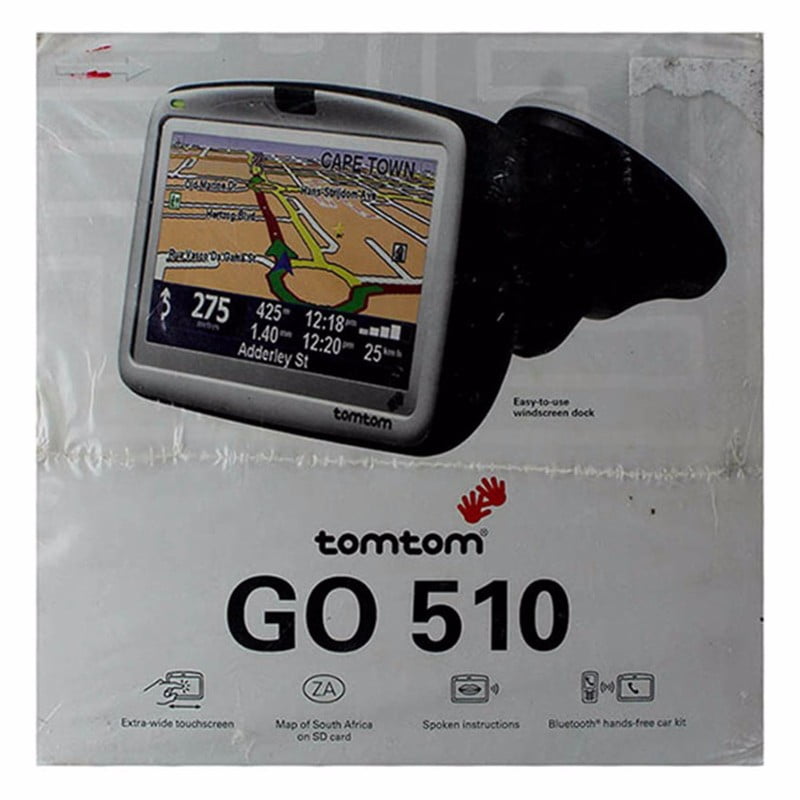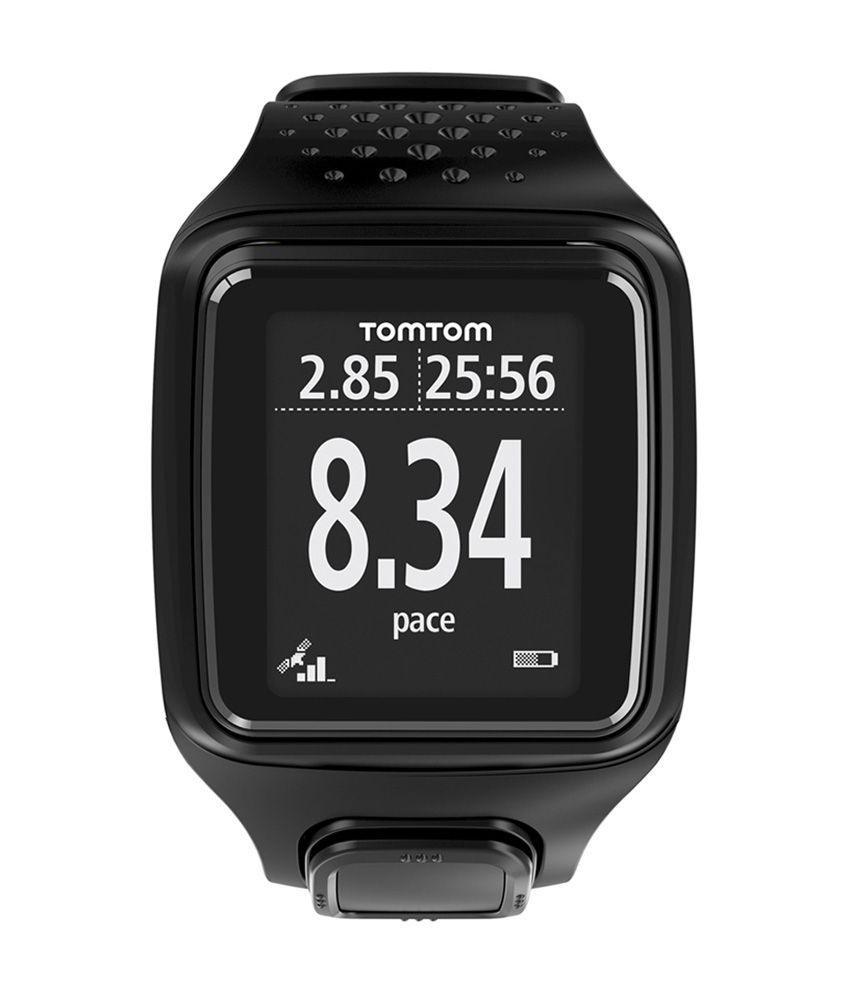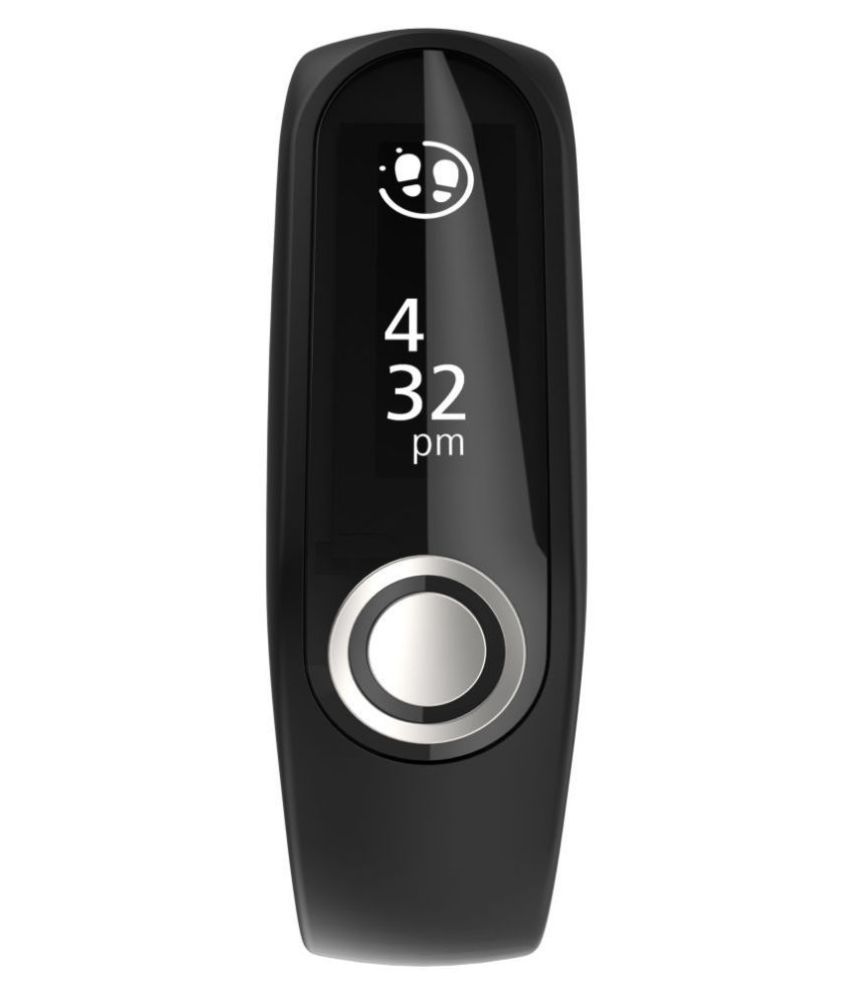
Tomtom home errors drivers#
The above map shows the Kingston upon Thames one-way system, with probes showing as coloured overlays.īut probe data can also give you information on traffic flow or how drivers behave when they approach a junction, for example. If the probe doesn't match the map, it might be that the road has changed or the given location of the road on the master map is wrong, all things that need changing. Probes provide a means by which TomTom can look at master maps and see what happens on those roads. It is interested in getting a vector driving report, known internally as a "probe". It is interested in the data of the journey on the road.

TomTom doesn't care where you are going, who you are or what you are doing. One of the features of a TomTom PND is the ability to anonymously supply your route data. This might mean that you use a satellite image or an aerial photograph to verify a new road layout, but much of what TomTom does to develop maps relies on human beings driving cars, using mobile phones and TomTom devices. Some are large databases, like government bodies, others are tiny organisations, but all are authoritative. Some of that information can be applied from an office, with TomTom using more than 50,000 data sources to add to its maps. It's a long way from simply taking an existing map and stuffing it into a navigation device. You also have things like points of interest, 3D buildings, lanes, junctions and signage, all of which have to be layered on the top. Then you have things like one-way systems, speed limits, height and weight restrictions, street names and building numbers, all of which TomTom maps provide. Here you can see the flow of traffic doesn't match the roads, and the roundabout isn't marked. This was certainly the case for the Martinique maps, as seen below. Starting with the base map, you build up layers of information, adding data to the map, improving the accuracy of the information it contains and bringing in all the detail that drivers need.įor starters, some maps have the roads in the wrong location geographically, something that needs to be corrected, so your vehicle isn't always shown as driving on the verge, or along the beach.

In Europe and North America, the maps are "mature", meaning they are detailed and good quality, but for more remote locations, like those in the Map Paradise project, TomTom have to head out and develop the maps. From this base map TomTom has a foundation on which the final product maps can be built.īut the base map is only the first step and, for example in Martinique, the base map is often incomplete. TomTom bought Tele Atlas in 2008 and in doing so, obtained its "mother database", a digital map of the world. It's a task that lies at the very core of what TomTom is about: "We are about getting people from A to B in a car, in the best possible manner," says Pauwels. We're going to see what TomTom puts into it's maps, how the process unfolds, how that data is collected and collated and how each part of the puzzle fits together. We're here to assist TomTom with the arduous task of mapping Martinique, to incorporate the country's roads into TomTom's navigation maps.

Martinique is known for its banana exports as well as its rum it's a country packed with plantations and an abundance of fruit trees, providing rich pickings parched journalists marauding the island.īut we're not here to relax. He's relaxed, confident, and not opposed to dropping in the odd joke as he addresses us. Pauwels's charisma is infectious, a man obviously impassioned by TomTom's achievements and future goals. "We are building our business based on our content," says the TomTom co-founder and chief technical officer.Ī self-confessed geek and a co-founder of TomTom, Pauwels stands before hand-picked media in an air conditioned suite at the Cap Est Resort in Martinique, a small island in the Lesser Antilles.

The "diamond in the crown is the content", says Peter-Frans Pauwels. But TomTom isn't about hardware, no matter how successful and widespread the company's devices are. (Pocket-lint) - When someone says TomTom to you, you probably think about that little black box you stick to your windscreen.


 0 kommentar(er)
0 kommentar(er)
